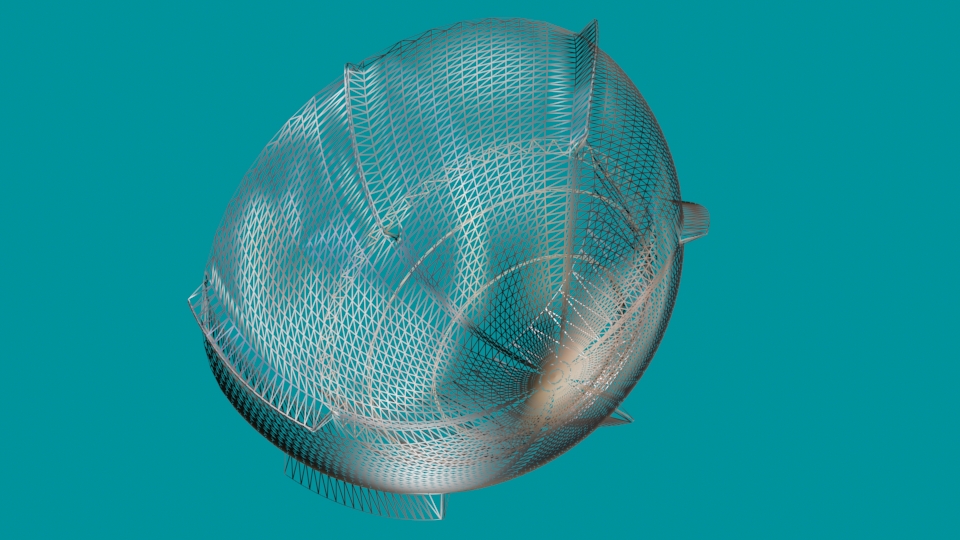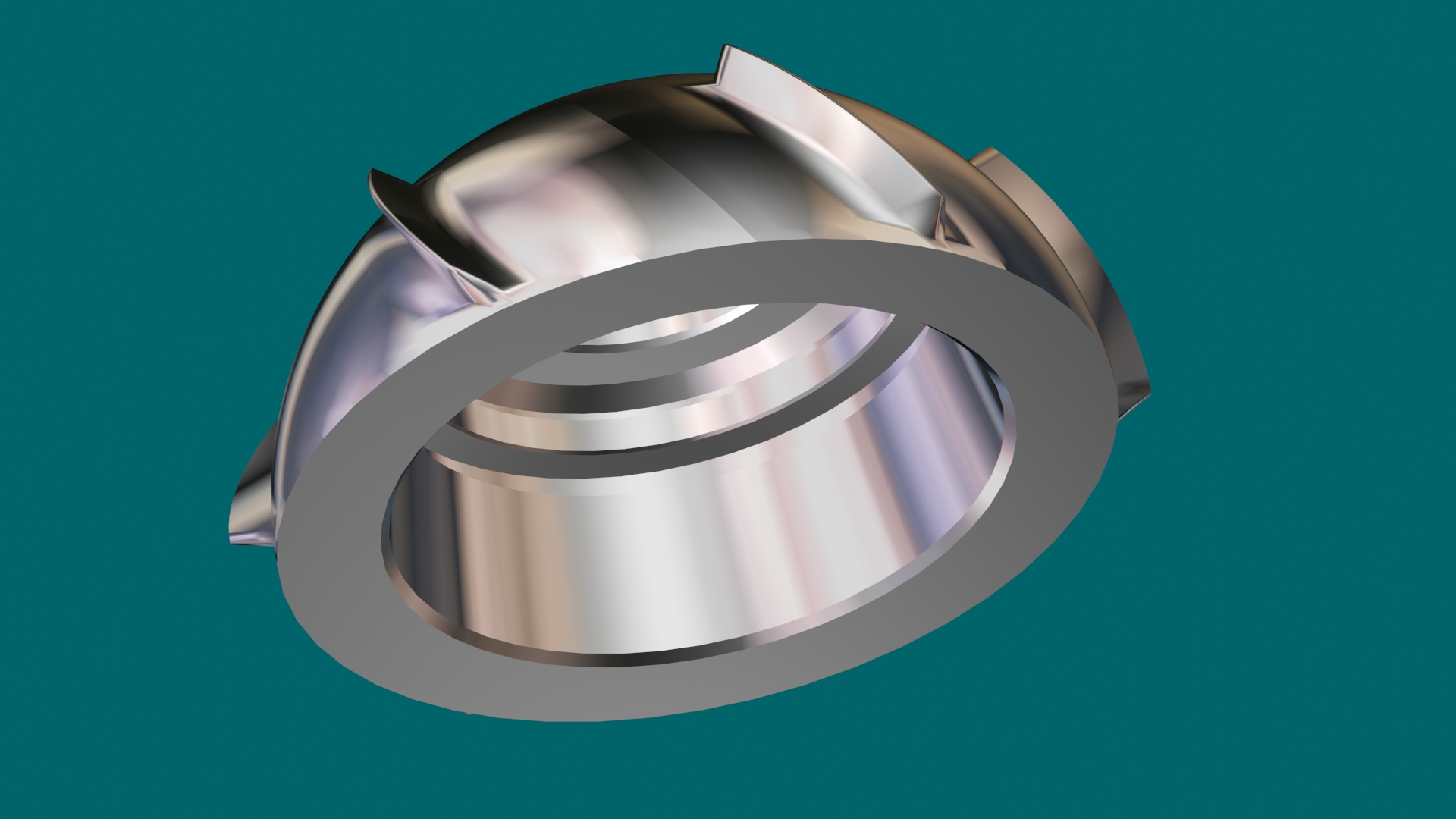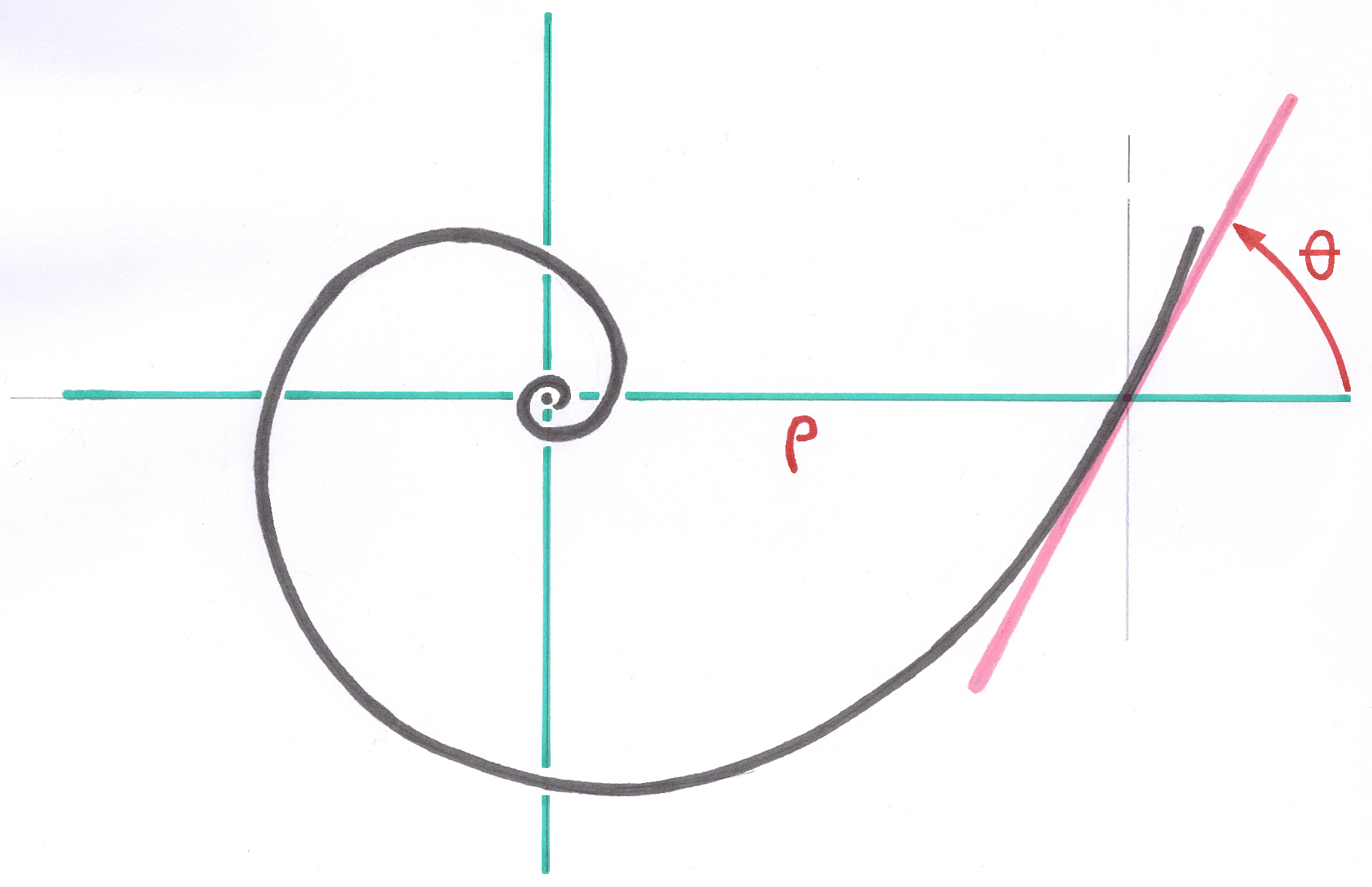5.3.8. Cups Hybrid Impacted-Screwed
The name ANA.NOVA, whose origin is Anatomica Nova, was found in 2001 by Doctor Anton Wurzinger from Vienna. It was intended to simultaneously designate a new, particularly innovative generation of femoral stems (§ 5.1.8.).
While remaining convinced of the reliability of the bicon-plus screwed cups, it must be recognized that screwing a cup into a previously milled cone-shaped cavity is a little more laborious than the simple impaction of a spherical acetabulum into a cavity. corrected by a spherical milling cutter.
Screw-retained acetabular cups with spherical or near-spherical bodies and screw threads have long been available.
These implants had a number of imperfections which gradually led to their discontinuation.
The aim of this project is to obtain an acetabular cup whose primary stability is better than that of traditional impacted acetabular cups, without having to perform any screw-in work.
Shells with only radial lamellae, arranged parallel to the direction of impingement, have no resistance to recoil, even to small elastic recoil during impingement.
The principle of the project is to rotate the shell slightly during impaction, so that lamellae inclined at an angle of one radian along their entire length, having rotated, have better resistance to micromovements than axial lamellae.



----
Next chapter: 5.4. Knee
Next implant:
